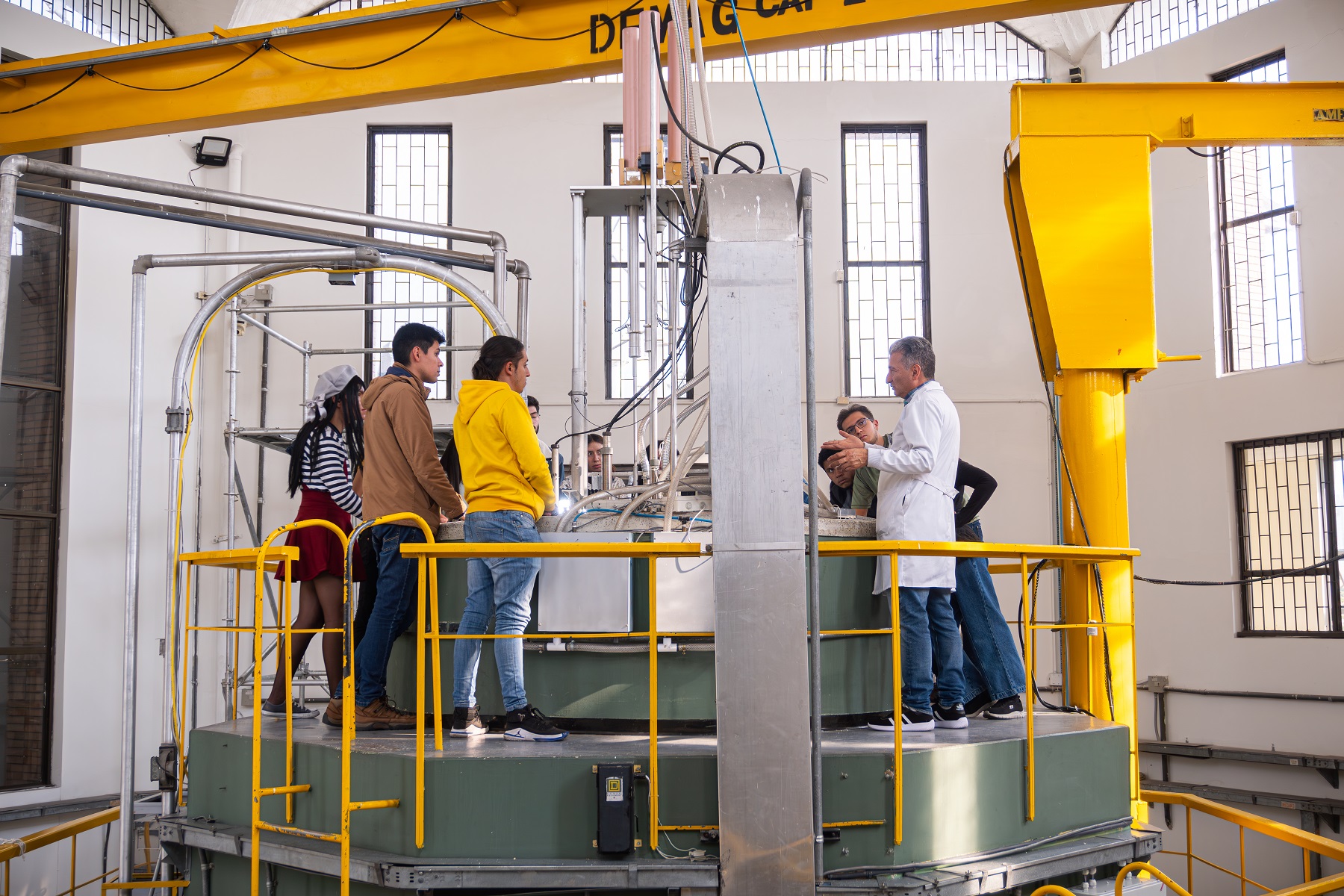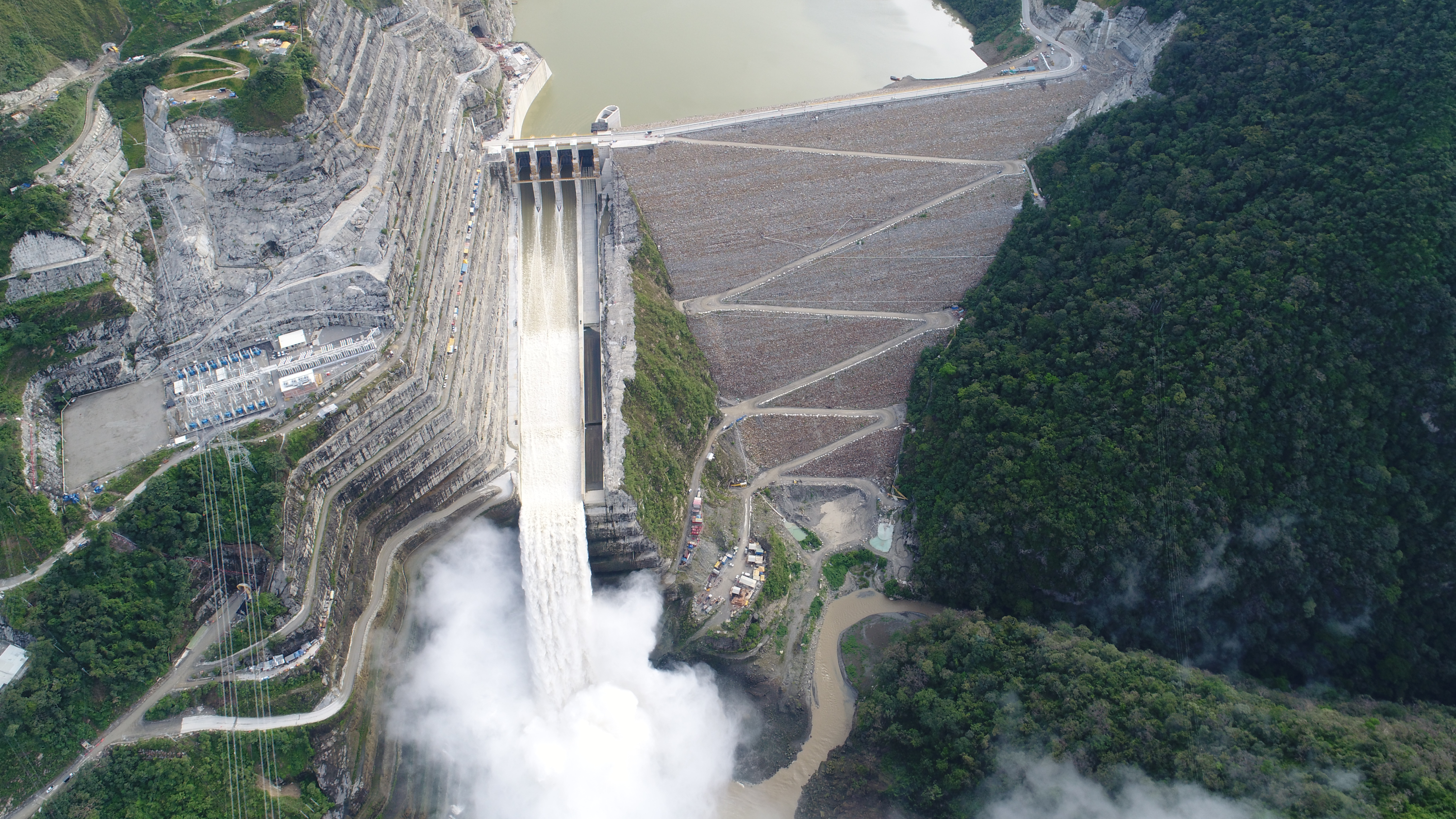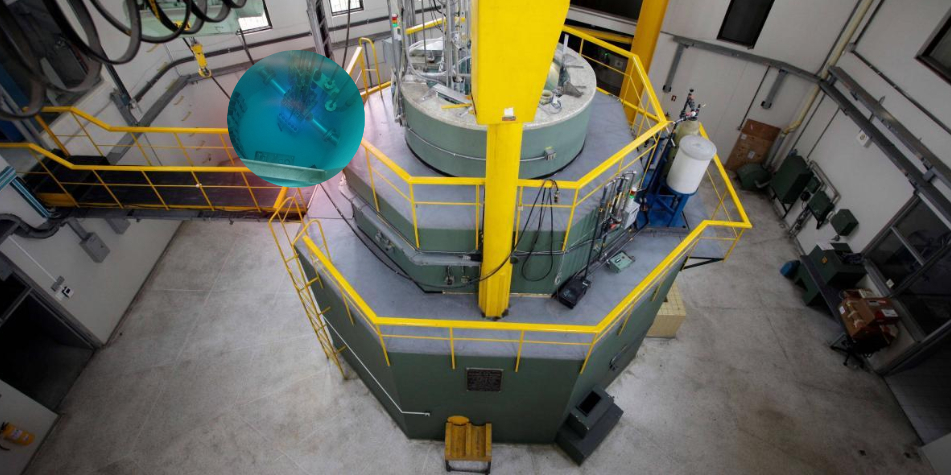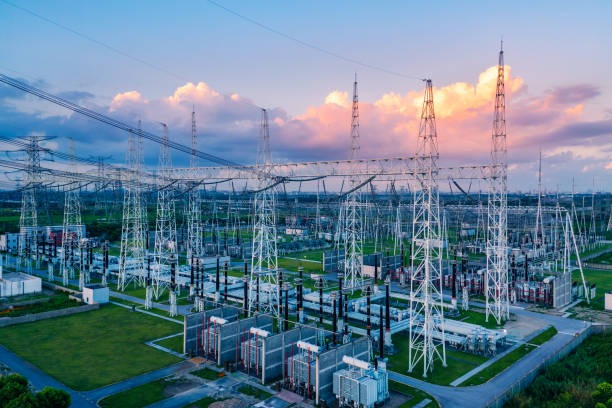How much would it cost to produce nuclear energy in Colombia? The country plans to use it starting in 2038.

Nuclear energy is one of the safest and most environmentally responsible forms of energy in the world. Despite the stigma attached to it due to the few nuclear accidents that have occurred in recent decades, the truth is that technology has advanced rapidly. This is why Colombia is already considering the production of electricity from nuclear reactors, as recently established by the Mining and Energy Planning Unit (UPME).
The National Energy Plan (PEN) developed by UPME, the entity that lays out the roadmap for the country's energy demand, established that Colombia should begin working on developing energy from nuclear power plants.

Nuclear reactor of the Colombian Geological Survey. Photo: Marcela Han. Colombian Geological Survey
“In the inflection scenario, the share of electric power in the grid increases. Generation comes from on- and offshore wind, solar, and geothermal plants. Similarly, the entry of small nuclear power plants, the installation of carbon capture and sequestration in thermal plants, and the exit of some generating plants due to technological obsolescence and high emission factors are assumed ,” the National Electric Power Plant (PEN) notes.
There, it is established that Colombia could use a technology known as small modular reactors (SMRs). These reactors are roughly the size of a small house, can remain operational for up to five years without any maintenance, are stackable, allowing multiple reactors to be installed, and don't require much work to install because they are essentially purchased ready-made, installed, and then immediately put into operation.
According to the provisions of the National Electric Power Plant (PEN), the country plans for these SMRs to provide 1,200 megawatts of capacity to the system (equivalent to half of what Hidroituango will have) starting in 2038, to gradually replace thermal plants that reach the end of their useful life. "SMRs have lower capacities than traditional nuclear power plants and are modular, so they have lower investment costs and are flexible in operation," the PEN states.

The country plans to produce half of Hidroituango's energy from nuclear sources. Photo: EPM
According to Diego Torres, a doctor in Nuclear Physics and researcher at the National University, SMRs are one of the best options for nuclear power generation in the country, given their ease of purchase, installation, maintenance, and use in remote areas, such as the Amazon. There, where electricity is produced from the burning of fossil fuels, primarily diesel, SMRs can play a key role not only in electricity production but also in the decarbonization of the energy matrix.
“SMRs are ready-made equipment; there's no research required, nothing. That's equivalent to purchasing a machine internationally. But it requires political decision and money. I strongly advocate for the use of these modular reactors, for example, in areas like the Amazon, where nuclear energy is urgently needed. We need stable energy because in the Amazon, all we do is burn diesel, and the waste ends up in the Amazon River,” Torres emphasizes.
For him, Colombia must consider achieving energy independence in the future, something already proposed in the National Plan of Action (PEN) but still requires political support. This means diversifying the matrix of sources from which energy is obtained. Currently, 68 percent of Colombia's electricity comes from hydroelectric plants and the other 30 percent from thermal power plants. In a climate change scenario, Colombia could face droughts that would jeopardize the country's energy production.
Nuclear energy in Colombia would cost between $320 and $480 pesos per kWh. Faced with this reality, and for the first time in Colombia, a scientific study has calculated how much it would cost to generate electricity using safer, more compact, and modern nuclear technology. According to the results, producing energy with this technology would cost an average of $77 per megawatt-hour (MWh), with a maximum value of $117 per MWh, equivalent to approximately $320 to $480 pesos per kilowatt-hour (kWh).
These figures, according to the experts behind the study, show that nuclear energy could be competitive with traditional sources such as coal, with the advantage of its almost zero polluting emissions.
This technology offers a constant source of energy, which would guarantee stable electricity in the country in the future, even in remote regions. It would also contribute to improving air quality and public health by reducing polluting gas emissions.

In the photo, the only nuclear reactor in Colombia. Photo: EL TIEMPO Archive / Colombian Geological Survey
Although its implementation is planned for 2038 by the UPME, having realistic estimates now allows the country to plan ahead for a more robust electricity system, avoiding unexpected rate increases and ensuring an orderly energy transition.
However, it is important to note that implementing this technology will require a solid regulatory framework and adherence to a milestone compliance program designed by the International Atomic Energy Agency (IAEA).
This first study, led by Professor Camilo Prieto Valderrama of the Pontificia Universidad Javeriana and published in the International Journal of Energy Economics and Policy, fills the gap in its economic and technical evaluation, providing a key tool for long-term energy planning. It also recommends establishing incentives and promoting clear rules to attract domestic and foreign investment.

The country is clear that it must diversify its energy sources. Photo: Istock
Energy planning around this technology is the result of a long-term public policy, developed by governments. It was included in the 2022–2052 National Energy Plan, drafted during the previous administration, and continued under the current administration, seeking to address the country's energy challenges.
"To make this energy alternative a reality, Colombia needs to advance the approval of the Nuclear Law in Congress, offer incentives, train professionals, and promote social dialogue so that the nation can form an informed opinion," said Professor Camilo Prieto Valderrama.
He added that "this study marks a turning point in the country's energy planning. For the first time, a concrete figure is presented on the cost of generating nuclear energy with small modular reactors in Colombia. This study will serve as a tool for making informed decisions, keeping the stability of the electrical system and environmental sustainability in mind."

Camilo Prieto is a doctor, professor, and environmentalist. He is also an advisor to the National Environmental Forum. Photo: Personal archive
Environment and Health Journalist
eltiempo





